Phylum Porifera – The Sponges
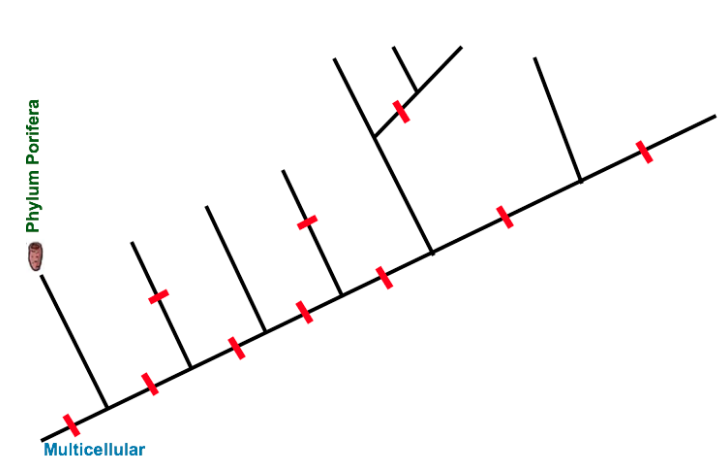
- Porifera -> “Pore” “Bearing” Latin Name means to bear pores.
- Appeared ~700 Million years ago (Oldest multicellular animals on Earth)
- All other animal groups evolved from sponge-like ancestors
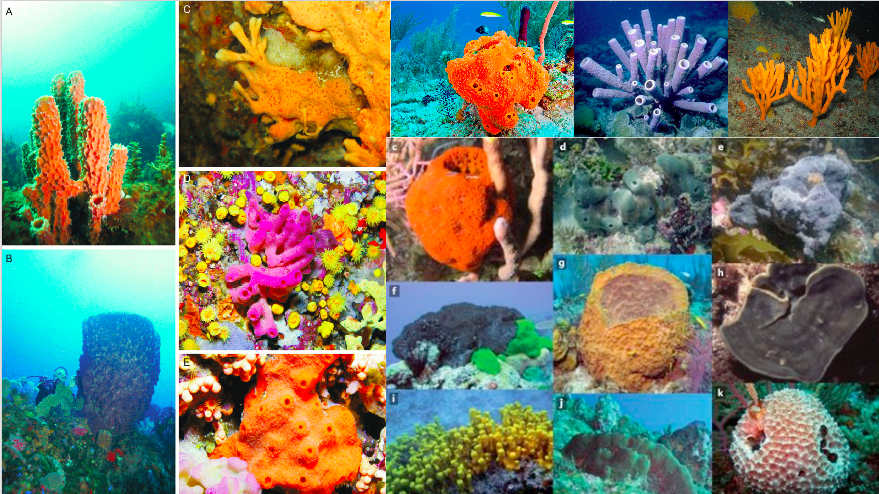
A. Evolution of Body Plan
1. First Multicellular animal – basic body plan is just four types of cells arranged around a series of pores/canals.
- Water is pulled into the spongocoel through pores and leaves out the osculum (top of sponge
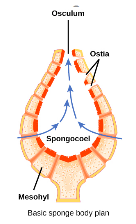
2. Sessile (Immobile/fixed in one place)
3. Sponges are supported by a “skeleton” of spicules.
-
- Spicules are made of calcium carbonate (solid), silica, or spongin (a type of collagen – flexible and soft).
- Spicules hold pores open and keep sponge shape.
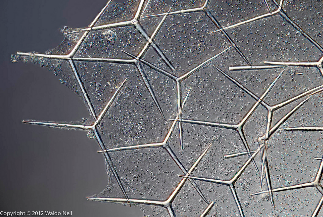
- Asymmetrical – No planes of symmetry.
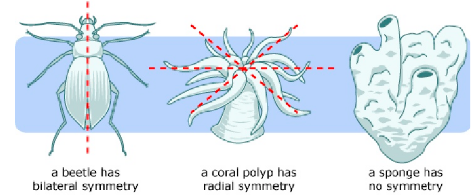
B. Feeding and Excretion
How Sponges Feed:
- Sponges are filter feeders. They pull water into the spongocoel (middle cavity of a sponge) through pores.
- The spongocoel and canals are lined with choanocytes which have flagella (whip-like tails) which pull food inward.
- Food enters the cell through phagocytosis (Same as many unicellular organisms such as amoebas)
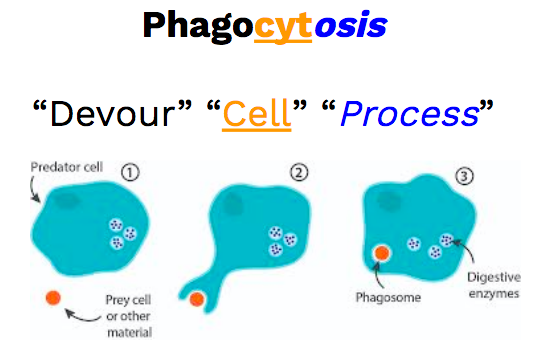
Choanocytes (Collar Cells) – Cells surrounding the “collar” that strains food from the water.
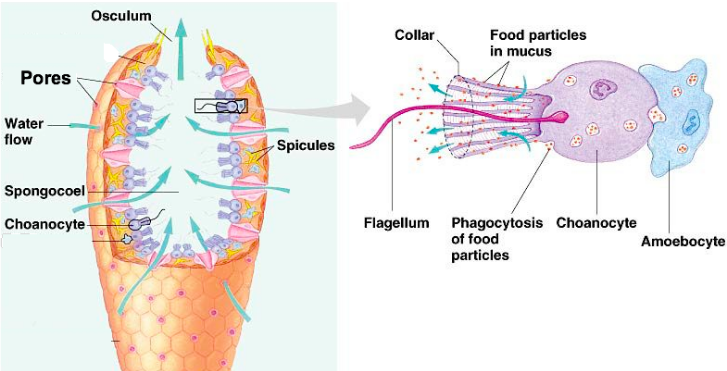
Parasitic Sponges – Boring Sponges!
- The sponges bore into corals or shelled animals.
- The sponges grow in these new holes.
- The host dies from this or becomes more susceptible to predation.
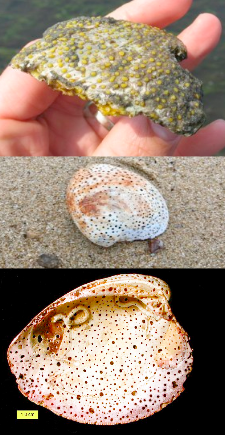
C. Respiration and Circulation
No respiratory or circulatory system! Each cell is responsible for it’s own food/waste etc. Sponges function more like a colony of unicellular organisms.
CO2/O2 enter/exit through simple diffusion (movement of a substance across the cell membrane)
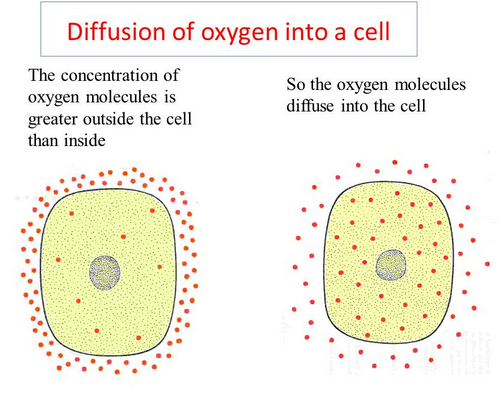
D. Reproduction
Sponges reproduce asexually and sexually.
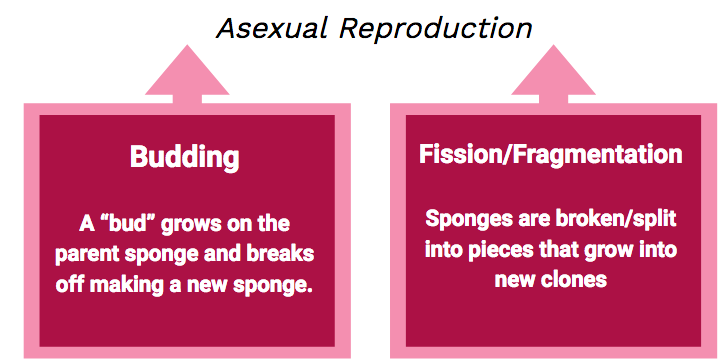
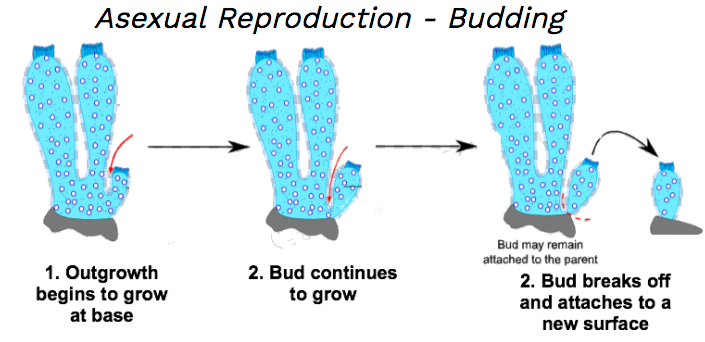
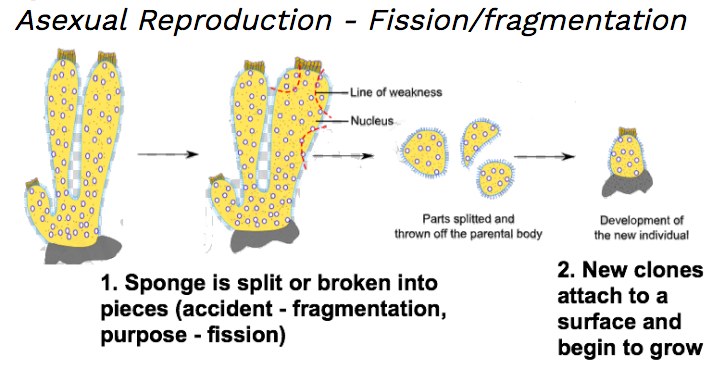
Sexual Reproduction
Hermaphrodites with Internal Fertilization
Sponges are usually both male and female but rarely self-fertilize.
- “Male” releases sperm which enters the “female” sponge for internal fertilization.
- Larvae are released. These drift until they attach to a rock and grow into an adult sponge.
- This is called broadcast spawning.
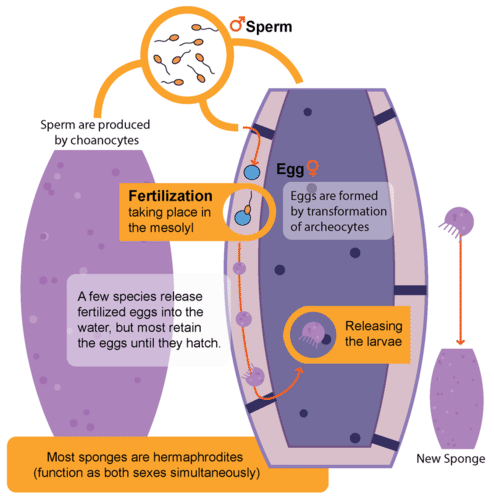
Phylum Porifera – Who cares?
- Glass sponge reefs used to be common, but now are only found off of BCs coast. Individuals in BCs glass sponge reefs are 25000 years old!
- We get various antibiotics from sponges! (and Acyclovir – first antiviral used to fight herpes).
- Venus Flower Basket Sponge – the strongest “glass” structure in nature. These sponges have spicules that transmit light better than optic fibres.
Environmentally friendly sponges?
Review Questions:
- Sponges function more like a colony of unicellular organisms despite being a single organism. Describe why this statement is true.
- What three materials could make up the structure/”skeleton” of a sponge? What are these supports called?
- Describe the feeding process of a sponge. Make sure to use the following vocabulary in your answer: spongocoel, choanocytes, phagocytosis.
- Why is sexual reproduction beneficial for sponges (or other organisms)?
- When could asexual reproduction be beneficial?
Comments by shaun pletsch